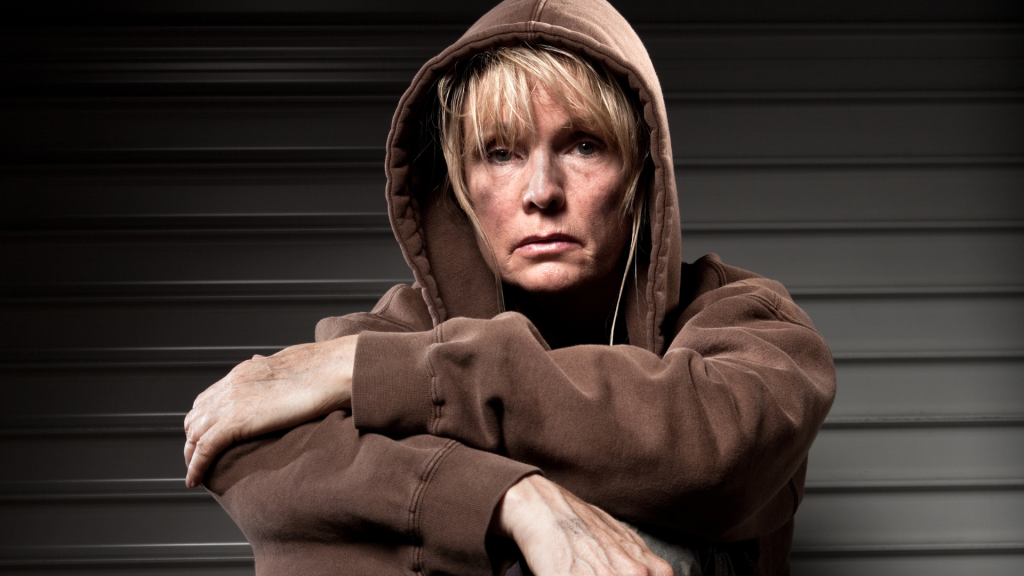Our Blogs
Homelessness in London Reaching 'Worst-Ever Levels', Warn Boroughs
Homelessness pressures in London are nearing unprecedented levels, with the number of households in temporary accommodation at its highest in 15 years. Official data reveals that 89,850 children in the city lack a permanent address.
Current estimates indicate that there are slightly over 700 rough sleepers on London’s streets, while boroughs are providing emergency accommodation for 2,500 people.

London Councils, a cross-party group representing all 32 boroughs and the City of London, are particularly concerned because the pandemic adds extra challenges to sheltering rough sleepers during the winter. Traditional hostels and shelters, which rely on shared sleeping spaces, cannot ensure social distancing.
Given these challenges, London boroughs are calling for a national policy overhaul if the government hopes to meet its homelessness reduction targets. Cllr Darren Rodwell, London Councils’ executive member for Housing & Planning, expressed deep concern: “It’s hugely distressing to see homelessness in London approaching its worst-ever levels,” he told The Independent. “London faces the most severe crisis in the country, but homelessness is a major national challenge, and the government must redouble its efforts to reduce these numbers.”

Councils Overwhelmed
“Alongside the skyrocketing temporary accommodation figures, councils face the nightmare scenario of extreme pressures on rough sleeper services that must cope with both COVID-19 and cold weather snaps,” Rodwell continued. “And this is all happening against a backdrop of severe budget constraints.”
Previous research by London Councils has highlighted that the collective spending of approximately £750 million annually on temporary accommodation by London boroughs is unsustainable. In 2017-18, £201 million of the boroughs’ £919 million homelessness expenditure was not covered by central government grants or housing income, forcing boroughs to use general funds intended for other services.
This pressure is expected to increase, as analysis shows that spending on homelessness and rough sleeping will rise by an additional £108 million in 2020-21 due to the coronavirus pandemic.
Call for Government Action
London Councils are urging the government to rethink welfare policies, boost long-term funding for local homelessness services, and support the construction of social housing. They specifically suggest ending the initial five-week wait for universal credit payments and ensuring that local housing allowance matches the cost of renting in London.
Although the government has committed to reducing homelessness, including a pledge to end rough sleeping by 2024, London Councils warn that greater investment in local services is necessary to address the crisis effectively.
Youth Homelessness Crisis
A recent study finds that the number of young people accommodated by local authorities or homeless services across the UK is more than three times higher than government records indicate, highlighting the hidden homelessness of those forced to sleep on sofas of friends or relatives.
Research from the Cambridge Centre for Housing and Planning Research (CCHPR) reveals that 26% of young people aged 16-24 have had to sleep in an “unsafe place” due to homelessness, such as cars, car parks, tents, or on the streets. This amounts to an estimated 1.4 million young people who have slept rough or unsafely in the past year, with just under 300,000 doing so on any given night.
Around 83,000 homeless young people have been accommodated by local authorities or homeless services across the UK over the past year, according to a study commissioned by the charity Centrepoint. This figure is over three times greater than the statutory homeless figures recorded by the Department of Communities and Local Government.
Hidden Homelessness and Sofa Surfing
One in five young people have had to sofa surf in the last year, with 16% having done so for over a week, and 4% for over three months. In total, a third of young people have sofa surfed at some point in their lives. Common reasons include leaving negative home environments, parents being unable or unwilling to house them, relationship breakups, and tenancy endings.
The longest periods of sofa surfing were reported by young people evicted for rent arrears, averaging ten weeks over the past year. Sofa surfing was more prevalent among men, non-British citizens, and those who had been in care or had a foster worker as a child.

Government Policy and the Housing Crisis
“Successive governments have failed to grasp the sheer scale of youth homelessness in the UK,” said Balbir Chatrik, Centrepoint’s Director of Policy. “Young people typically face homelessness through no fault of their own. As a society, we owe them a national safety net based on more than guesswork.”
The research also highlights increasing housing pressures for young people in the UK. Comparing census data from 2001 to 2011 shows that while overcrowding decreased in Scotland and Northern Ireland, it increased by around 3% in England and Wales, with the highest increase of 5.8% in London, indicating growing housing pressures in the capital.
“This research found higher numbers of young people experiencing homelessness than expected, and we’d like to explore the issue further to see if these findings can be replicated,” said Anna Clarke, who led the research at CCHPR. “The study also underscores the risks of relying solely on administrative data and rough sleepers’ counts to quantify an issue that often escapes official records.”
As the UK awaits a new budget likely to include significant welfare cuts, the research highlights the precarious housing situation for many young people, emphasizing the need for comprehensive support and intervention.
